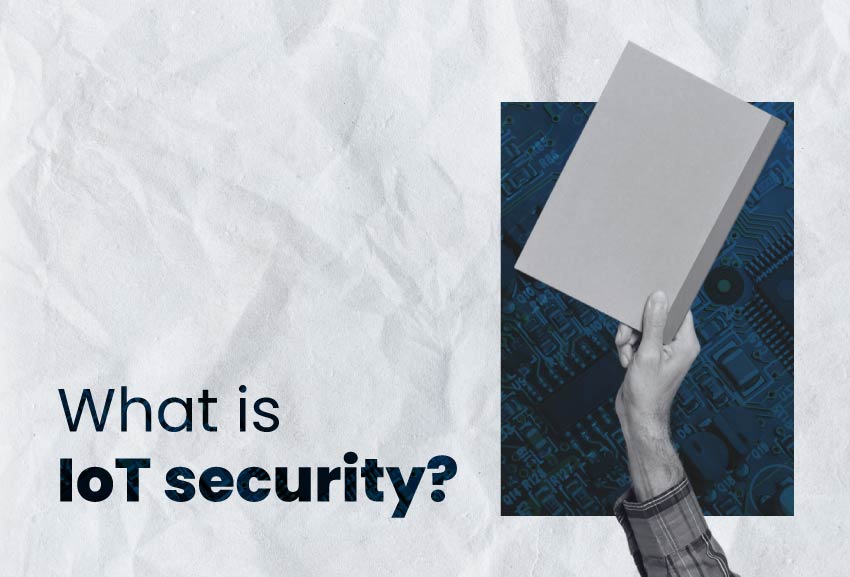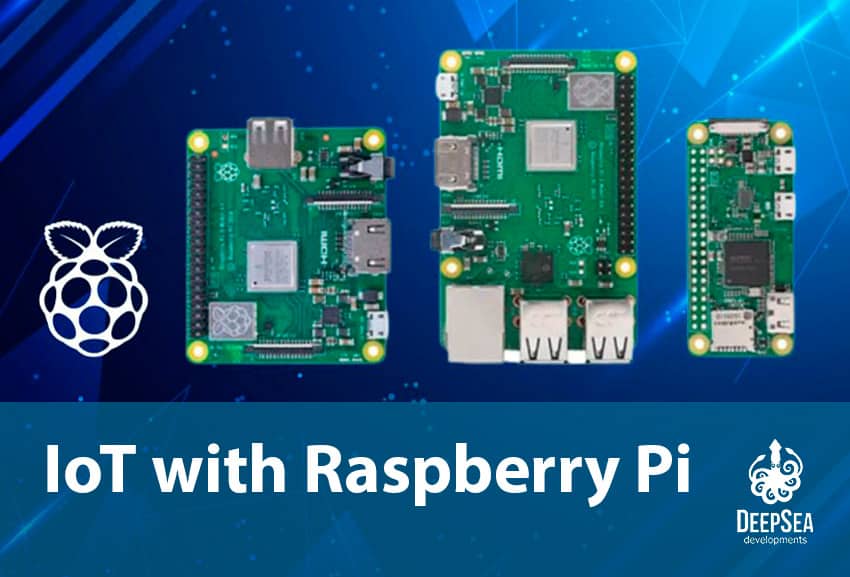IoT security is the ultimate shield for the modern connected world. It’s a proactive defense mechanism that ensures the integrity and safety of all Internet-connected devices (from smart homes to industrial systems). Without solid security in IoT, the devices may be vulnerable to cyberattacks that can compromise your personal data, infiltrate your networks, and even bring your business to a standstill.
Think of IoT security as a virtual sentinel, always on the lookout for potential threats and breaches. It’s a cybersecurity strategy designed to safeguard against the malicious intent of bad actors that specifically target the physical devices connected to the network.
If you know the meaning of IoT and its relevance in the market, you probably understand that security of IoT is a necessity. It’s the very backbone that keeps our connected devices, networks, and sensitive information protected from cyber threats. With the vast array of IoT devices that can be found in today’s market, it’s more important than ever to have a comprehensive security strategy in place. This strategy encompasses identifying, monitoring and mitigating potential vulnerabilities in the devices, networks and the data they generate to help prevent a cyber-attack.
What can happen without security for IoT?
IoT products often lack the security measures found on traditional computers, making them particularly vulnerable to malware, cyberattacks, and stealing of personal information.
Security in IoT is vital to avoid big problems for the users and companies. Let’s see how malware can have a significant impact on Internet of Things devices:
Information theft:
Securing IoT can prevent your information from being stealed. Malware can be used to steal sensitive information, such as personal data, credit card numbers, and login credentials from IoT devices.
Network disruption:
Malware can spread through a network of IoT devices, causing them to malfunction or become unavailable.
Device compromise:
Another way malware can infect IoT devices is by giving attackers access to the device’s functions and controls. Hackers can use this access to manipulate the device’s settings, steal data, or launch further attacks. Imagine what could happen if there were compromised IoT devices in a company that depends on these products to operate.
Ransomware:
A common attack nowadays is when hackers encrypt the data stored on IoT devices (or websites) and demand a ransom payment in exchange for the decryption key. This attack can lead to losing hundreds of thousands of dollars, and probably trust issues with current customers of the company.
Spyware:
Another way malware can affect IoT security is to spy on users by accessing the device’s microphone and camera without the user’s knowledge.
Botnet creation:
If you don’t have a good internet of things security, your IoT devices can be infected by malware and be turned into bots that can be controlled remotely by hackers. These bots can be used to launch DDoS attacks on other networks or systems.
Mining Cryptocurrency:
Believe it or not, when there isn’t a secure IoT device, malware can infect it and use its processing power to mine for cryptocurrency. This can slow down the device and consume large amounts of energy (see IoT energy), interrupting its normal functioning.
What are the challenges of IoT security?
Internet of Things security is facing different challenges nowadays. Among them, we can find remote exposure, which means a hacker can interact with a device remotely. Different measures need to be taken in order to protect remote access to IoT devices.
Another challenge is the low concern companies are having regarding IoT security. Some companies look forward to developing low cost devices for the sake of operative processes, and they forget the importance of designing IoT devices that bring strong network protection capacities through good IoT product development services. For instance, firewalls, and antimalware programs can be installed. Also, reinforce IP access settings and apps or software that collects sensitive data and allow the configuration of IoT products.
So, is the internet of things secure? It all depends on the uses you have for it and where you use them. For now, there could be IoT devices that don’t bring secure protocols, but it doesn’t mean they can’t be implemented.
Index of articles related to IoT
What is IIoT?
What is ehealth?
Smart home
Home automation
IoT sensors
Examples of internet of things
Rapid prototyping
IoT protocols
IoT analytics





